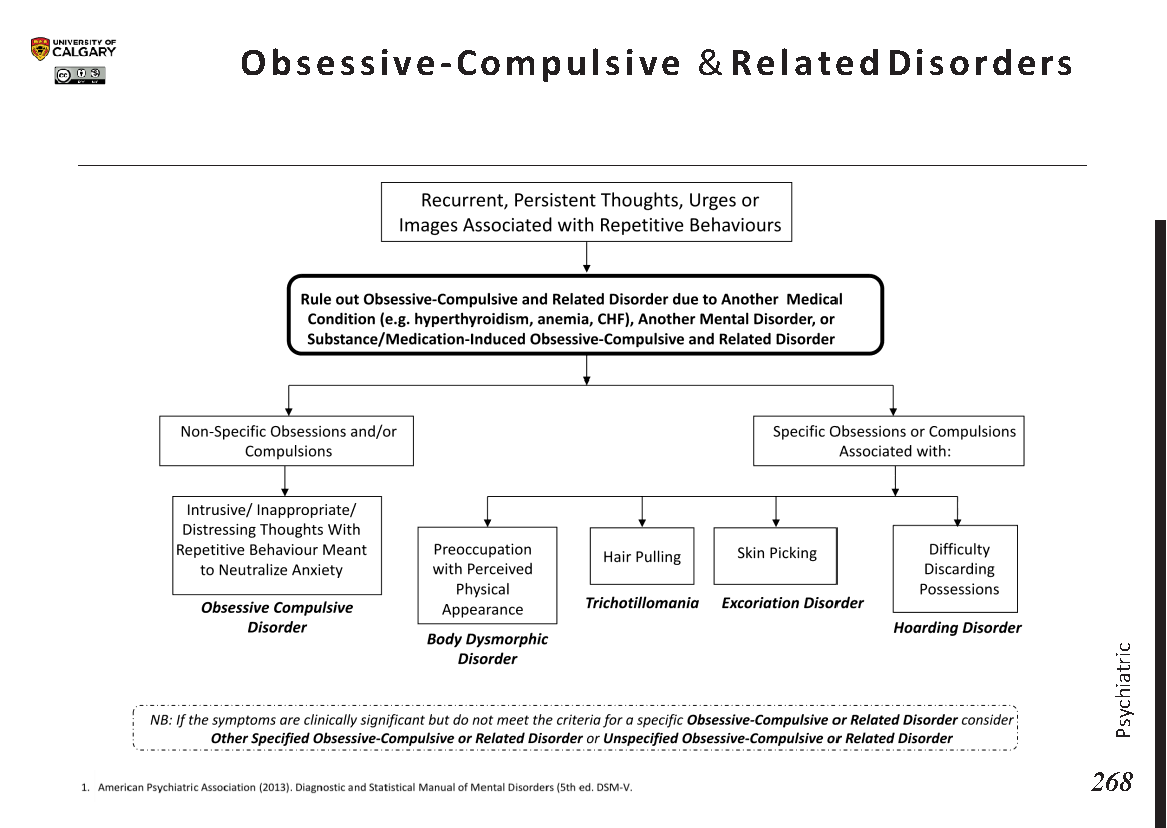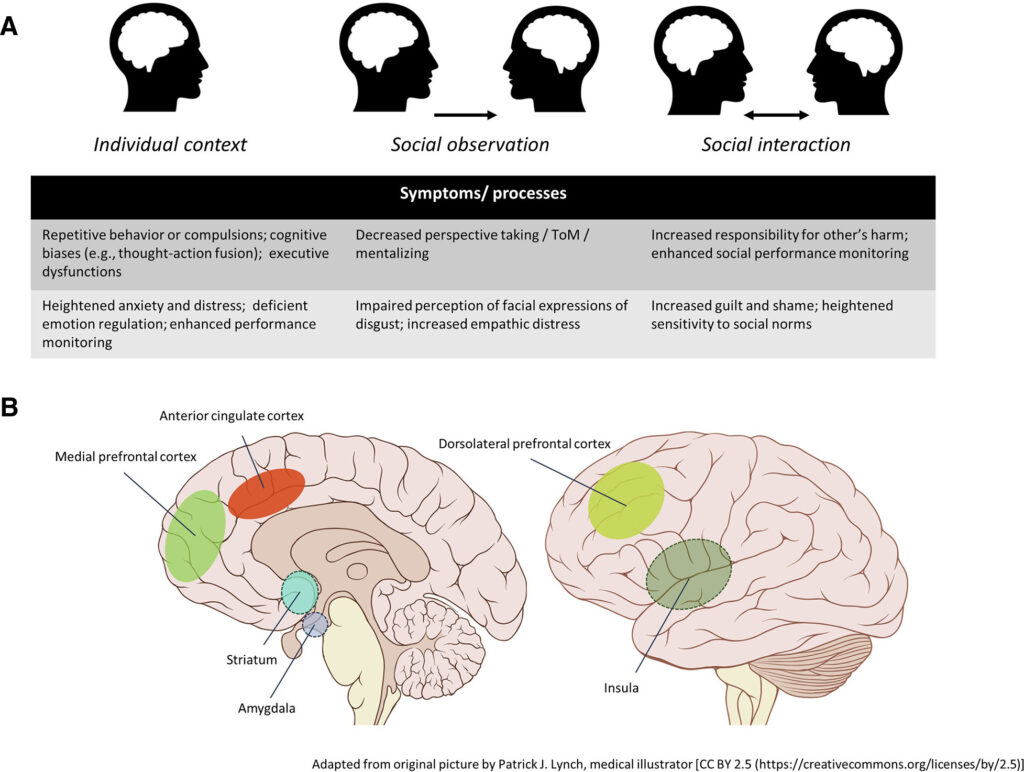Obsessive Compulsive Disorder, commonly referred to as OCD, is a mental health condition that affects millions of people worldwide. It is characterized by persistent and intrusive thoughts, as well as repetitive behaviors that individuals feel compelled to perform. While many people experience occasional obsessive thoughts or engage in ritualistic behaviors, those with this disorder find these patterns overwhelming and disruptive to their daily lives. This guide aims to provide a comprehensive understanding of Obsessive Compulsive Disorder, its symptoms, causes, diagnosis, treatment options, and ways to manage the condition effectively.

Understanding Obsessive Compulsive Disorder
Obsessive Compulsive Disorder is a chronic mental health condition that involves two main components: obsessions and compulsions. To better understand this disorder, it is essential to break down these two elements.
What Are Obsessions?
Obsessions are unwanted and intrusive thoughts, images, or urges that repeatedly occur in the mind. These thoughts often cause significant anxiety or distress. Common examples of obsessions include:
- Fear of contamination or germs
- Concerns about symmetry or order
- Intrusive thoughts about harming oneself or others
- Excessive focus on religious or moral ideas
These obsessions are not simply excessive worries about real-life problems. Instead, they are irrational and uncontrollable, making them difficult for the individual to ignore.
What Are Compulsions?
Compulsions are repetitive behaviors or mental acts that a person feels driven to perform in response to an obsession. These actions are aimed at reducing the distress caused by obsessive thoughts or preventing a feared event. However, the relief provided by compulsions is temporary, and the cycle continues. Examples of compulsions include:
- Excessive handwashing or cleaning
- Repeatedly checking locks, appliances, or switches
- Counting or repeating words silently
- Arranging items in a specific order
While these behaviors may seem logical to the person performing them, they often consume a significant amount of time and interfere with daily functioning.
Causes of Obsessive Compulsive Disorder
The exact cause of this mental health condition is not fully understood. However, research suggests that it arises from a combination of genetic, neurological, behavioral, cognitive, and environmental factors.
Genetic Factors
Studies have shown that this disorder tends to run in families, indicating a possible genetic component. Individuals with a first-degree relative who has the condition are at a higher risk of developing it themselves. However, genetics alone do not determine whether someone will develop the disorder.
Neurological Factors
Research has identified abnormalities in certain areas of the brain, particularly the orbitofrontal cortex, anterior cingulate cortex, and basal ganglia, in individuals with this condition. These areas are involved in decision-making, emotional regulation, and habit formation. Imbalances in neurotransmitters, such as serotonin, may also play a role in the development of the disorder.
Behavioral Factors
Some theories suggest that compulsions develop as a learned behavior. For example, if a person experiences temporary relief after performing a specific action in response to an obsessive thought, they may be more likely to repeat that action in the future. Over time, this can lead to the establishment of rigid routines and rituals.
Cognitive Factors
Cognitive models propose that individuals with this disorder have distorted beliefs about the significance of their thoughts. They may overestimate the importance of intrusive thoughts and believe that they are responsible for preventing harm. This leads to increased anxiety and the need to perform compulsions to neutralize the perceived threat.
Environmental Factors
Stressful life events, trauma, or significant changes in routine can trigger or worsen symptoms of this condition. Additionally, certain infections, such as streptococcal infections in children, have been linked to the sudden onset of symptoms in a subtype known as Pediatric Autoimmune Neuropsychiatric Disorders Associated with Streptococcal Infections (PANDAS).
Symptoms of Obsessive Compulsive Disorder
The symptoms of this condition can vary widely from person to person. However, they generally fall into two categories: obsessions and compulsions. Understanding these symptoms is crucial for early identification and intervention.
Common Obsessive Symptoms
- Fear of contamination by germs, dirt, or chemicals
- Unwanted thoughts about violence, aggression, or harm
- Excessive concern with symmetry, precision, or order
- Doubts about whether tasks, such as locking doors or turning off appliances, have been completed
- Intrusive thoughts related to religion, morality, or taboo subjects
Common Compulsive Symptoms
- Repetitive handwashing or cleaning
- Checking behaviors, such as repeatedly verifying that doors are locked or appliances are turned off
- Counting, tapping, or repeating specific words or phrases
- Arranging objects in a particular way
- Mental rituals, such as praying or reviewing events in one’s mind
It is important to note that not all repetitive behaviors or obsessive thoughts indicate this condition. For a diagnosis, the symptoms must be time-consuming, cause significant distress, and interfere with daily activities.
Diagnosing Obsessive Compulsive Disorder
Diagnosing this condition requires a thorough evaluation by a mental health professional, such as a psychiatrist or psychologist. There is no single test to diagnose the disorder; instead, the process involves a combination of clinical interviews, self-reported symptoms, and standardized assessment tools.
Clinical Interviews
A mental health professional will conduct a detailed interview to gather information about the individual’s symptoms, medical history, and family history. They will ask questions about the nature and frequency of obsessions and compulsions, as well as how these symptoms impact daily life.
Standardized Assessment Tools
Tools such as the Yale-Brown Obsessive Compulsive Scale (Y-BOCS) may be used to assess the severity of symptoms. These assessments help clinicians quantify the intensity of obsessions and compulsions and track changes over time.
Ruling Out Other Conditions
It is essential to rule out other mental health conditions that may mimic or coexist with this disorder. Conditions such as anxiety disorders, depression, attention deficit hyperactivity disorder, and tic disorders can present with similar symptoms. A comprehensive evaluation ensures an accurate diagnosis and appropriate treatment plan.
Treatment Options for Obsessive Compulsive Disorder
While there is no cure for this condition, several effective treatments can help manage symptoms and improve quality of life. The most common approaches include therapy, medication, and lifestyle changes.
Cognitive Behavioral Therapy
Cognitive Behavioral Therapy, particularly a technique called Exposure and Response Prevention (ERP), is considered the gold standard for treating this condition. ERP involves gradually exposing individuals to situations that trigger their obsessions while preventing them from engaging in compulsive behaviors. Over time, this helps reduce anxiety and weaken the connection between obsessions and compulsions.
Medication
Antidepressant medications, specifically selective serotonin reuptake inhibitors (SSRIs), are commonly prescribed to treat this disorder. These medications help regulate serotonin levels in the brain, which can reduce the intensity of obsessions and compulsions. In some cases, antipsychotic medications may be added to enhance the effectiveness of SSRIs.
Lifestyle Changes
In addition to therapy and medication, certain lifestyle changes can support recovery and improve overall well-being. These include:
- Practicing stress management techniques, such as mindfulness, meditation, or yoga
- Maintaining a regular sleep schedule and prioritizing rest
- Engaging in regular physical activity to reduce anxiety and improve mood
- Building a strong support network of friends, family, or support groups
Alternative Therapies
Some individuals explore alternative therapies, such as acupuncture, dietary changes, or herbal supplements, to complement traditional treatments. While evidence supporting these approaches is limited, they may provide additional relief for some people.
Living with Obsessive Compulsive Disorder
Managing this condition requires ongoing effort and commitment. However, with the right strategies and support, individuals can lead fulfilling and productive lives.
Education and Awareness
Learning about the condition and understanding its mechanisms can empower individuals to take control of their symptoms. Education also helps reduce stigma and fosters empathy among family members, friends, and colleagues.
Building a Support System
Connecting with others who understand the challenges of living with this condition can be incredibly beneficial. Support groups, both in-person and online, provide a safe space to share experiences, exchange coping strategies, and offer encouragement.
Setting Realistic Goals
It is important for individuals to set realistic goals and celebrate small victories along the way. Recovery is a gradual process, and progress may not always be linear. Patience and self-compassion are key to navigating the ups and downs of managing this condition.
Seeking Professional Help
If symptoms worsen or become unmanageable, it is crucial to seek help from a mental health professional. Regular check-ins with a therapist or psychiatrist can ensure that treatment remains effective and adjustments are made as needed.





